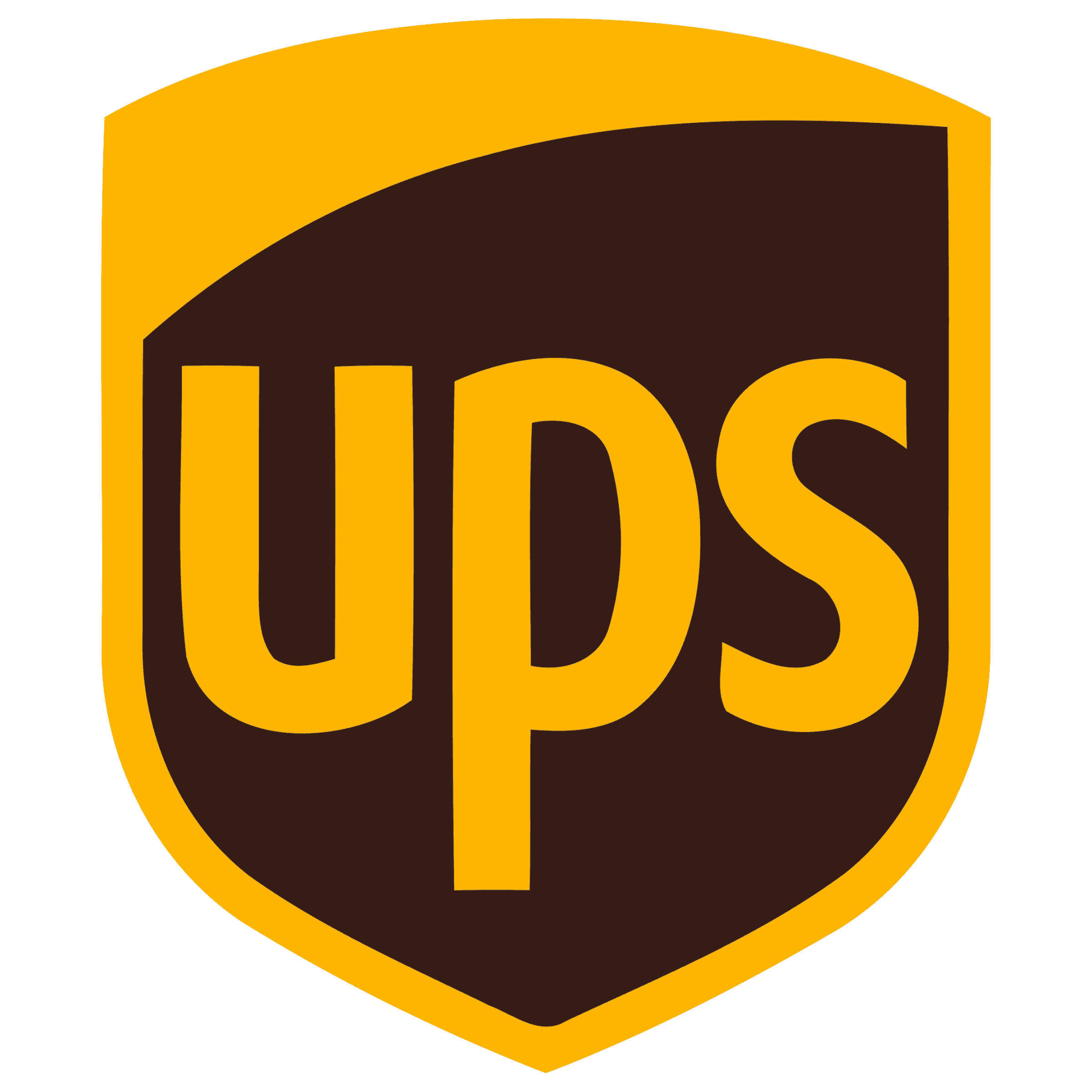
UPS integration
What is UPS?
UPS (United Parcel Service) is a global shipping and logistics company that provides reliable package delivery services for businesses and individuals. It offers a range of shipping options, real-time tracking, and logistics solutions to help businesses manage their supply chain efficiently. UPS is widely used for domestic and international shipping, e-commerce fulfillment, and freight management.
How to use Parabola's UPS integration
Parabola's UPS integration enables businesses to automate shipping workflows and optimize logistics operations.
- Retrieve real-time tracking updates and shipping data automatically
- Automate order fulfillment and shipment processing
- Combine UPS shipping data with other business tools for enhanced reporting and efficiency
Learn more about Parabola’s UPS integration below.
How to connect UPS with Parabola
The UPS integration is used by operators to integrate UPS’s shipping, tracking, and logistics services into their platforms and workflows.
How to authenticate
UPS uses OAuth 2.0 Client Credentials for secure API access.
- Go to your UPS Developer Portal and register an app. See below for in-depth instructions.
- Locate your Client ID and Client Secret from the app info page.
- Use these credentials in Parabola’s UPS integration setup form:
- Enter your Client ID and Client Secret.
- x-merchant-id is your 6-digit UPS account number.
- Parabola will automatically use UPS’s token endpoint to request an access token
- Once authenticated, you can begin importing tracking data by inquiry number or reference number.
Tips for using Parabola with UPS
- Schedule your flow to run automatically for continuous visibility into shipments.
- Use Filters to flag delayed or “Exception” status shipments for faster response.
- Join UPS data with your order records to automate delivery confirmations.
- Combine with other systems (like Shopify, Netsuite, or your warehouse management system) to create end-to-end logistics visibility.
- Create email or Slack alerts in Parabola for critical milestones like “Out for Delivery” or “Delivered.”
- Leverage proof-of-delivery images to verify receipt for high-value or time-sensitive orders.
Creating an application in the UPS Developer Portal
1. Navigate to the UPS Developer Portal.
2. Click Login to access your UPS account.
3. Click Create Application to make a new application and generate your credentials.

⚠️ Note: This application will be linked to your shipper accounts(s) and email address associated with your UPS.com ID
4. Select your use case, shipper account, and accept the agreement.

5. Enter your contact information.

💡 Tip: Consider using a group inbox that is accessible to others on your development team. You are unable to change this email once the credentials are created or you will lose access to your application.
6. Define your application details that includes the name, associated billing account number, and custom products.
⚠️ Note: In the Callback URL field, add the following URL: https://parabola.io/api/steps/generic_api/callback
7. Once saved, your Client ID and Client Secret are generated.

💡 Tip: Click Add Products to enable additional products like the Tracking and Time in Transit APIs if they have not been added to your application.
Available data
Using the UPS TrackService API in Parabola, you can pull in:
- Shipments: Overview of each tracked shipment, including inquiry numbers and user relationships.
- Packages: Details for every package in a shipment, including tracking number, weight, dimensions, and delivery details.
- Activities: Historical scan events with timestamps and locations.
- Status: Current status and simplified text description of the shipment (e.g., “In Transit,” “Delivered”).
- Milestones: Key progress checkpoints for the package’s journey.
- Delivery Information: Delivery confirmation data such as location, proof of delivery, and signature image.
- Addresses: Origin, destination, and delivery addresses for each shipment.
- Payment Information: Collect-on-delivery or other payment records tied to a shipment.
- Service details: The service level used (e.g., “UPS Ground,” “UPS Next Day Air”).
Common use cases
- Real-Time delivery tracking to integrate updates into your applications or websites, allowing businesses to monitor the status of their shipments.
- Reconcile delivery confirmations with order records to mark items as delivered automatically.
- Track and analyze delivery performance by service type, carrier zone, or region.
- Calculate shipping costs for domestic and international shipments in real-time and provide accurate shipping costs to customers at checkout.
- Calculate estimated delivery times for packages based on UPS’s delivery schedules and provide customers accurate delivery windows during checkout.
- Identify delayed or stalled shipments and trigger alerts or workflows.
- Sync shipment milestones (like “Out for Delivery” or “Delivered”) to internal dashboards or CRMs.